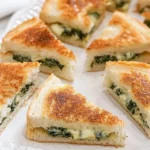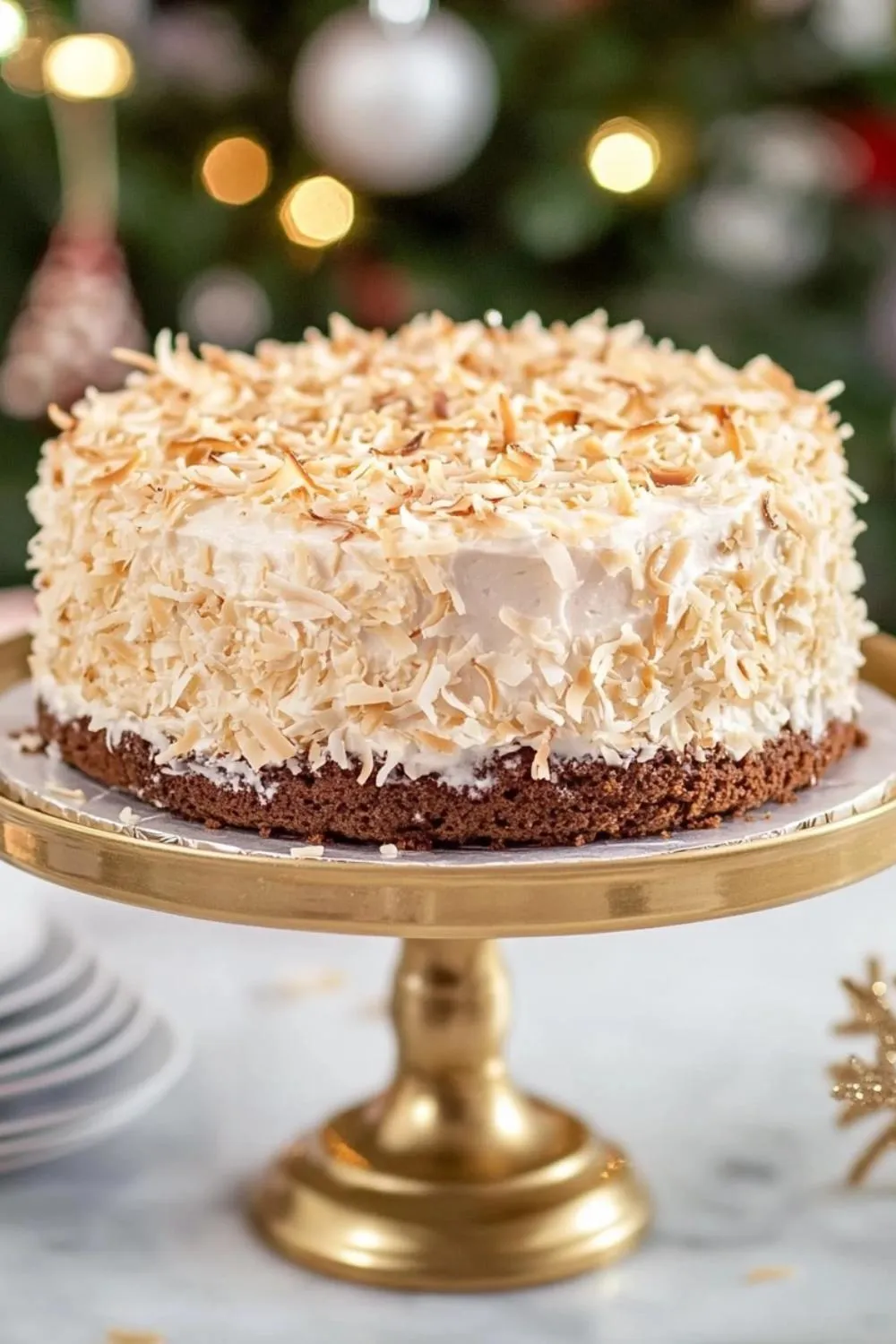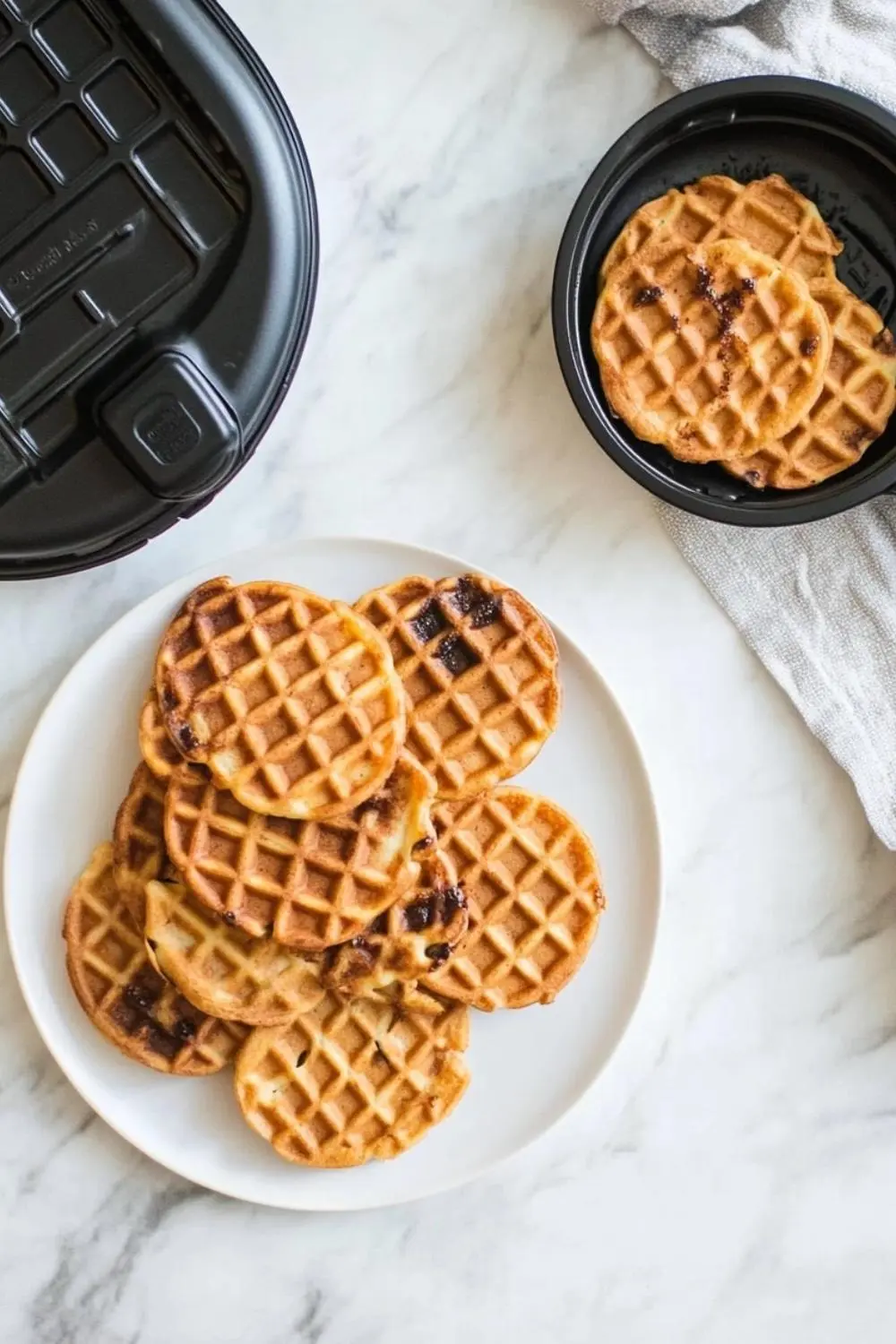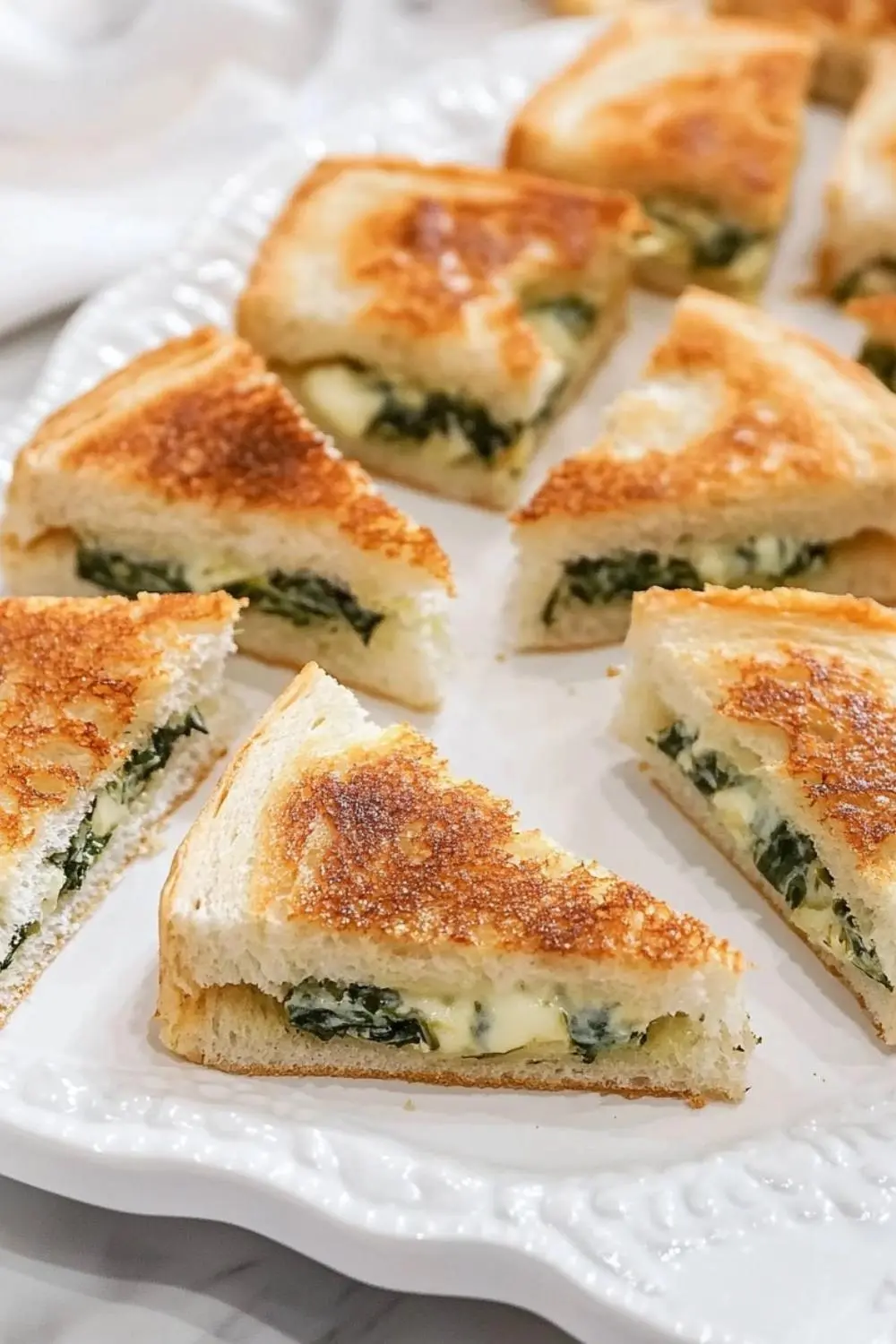When it comes to crafting the perfect pizza, the type of mozzarella you choose can make a world of difference. Mozzarella comes in various forms, each with its unique characteristics and ideal uses.
Whether you’re a seasoned chef or a home cook, knowing which mozzarella works best can elevate your pizza game. Here’s a detailed guide to help you choose the right type of mozzarella for your pizza.
Types of Mozzarella for Pizza
1. Pre-Shredded Mozzarella
Verdict: Great for convenience and meltability, but watch out for additives.
- What It Is: Pre-shredded mozzarella is sold in bags and is often coated with cellulose to prevent clumping. It’s low in moisture and melts evenly, making it a popular choice.
- Pros:
- Convenient and time-saving.
- Offers excellent melt and cheese-pull action.
- Cons:
- Often contains preservatives and additives.
- Organic options are better if you prefer cleaner ingredients.
- Best For: Quick and easy pizzas where convenience is key.
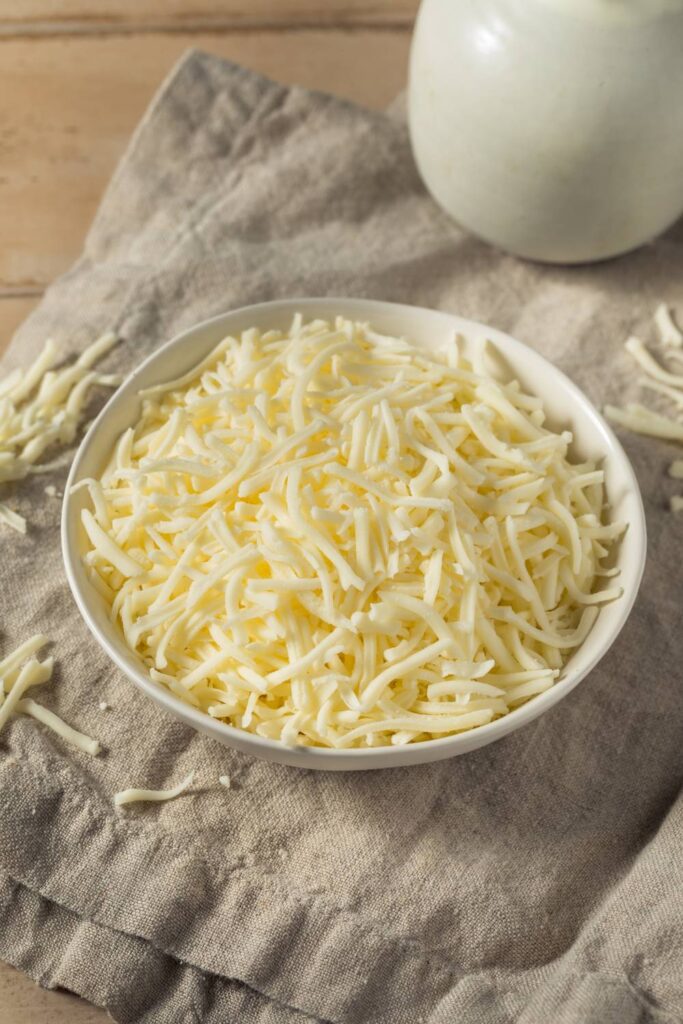
2. Low-Moisture Mozzarella
Verdict: A solid choice for pizza, but quality matters.
- What It Is: Found as a solid block, low-moisture mozzarella isn’t packed in water. This type is drier, making it perfect for melting without making your pizza soggy.
- Pros:
- Melts well without excessive moisture.
- Easier to shred or tear into desired sizes.
- Cons:
- Lower-quality options can feel rubbery or plastic-like.
- High-quality brands taste fresher and softer.
- Tips:
- Look for mozzarella that is soft and white, avoiding overly firm or stringy textures.
- Grate it yourself for better results.
Love experimenting with cheese? Try this elegant Cheese Soufflé Recipe that showcases the magic of cheesy textures in a refined way.
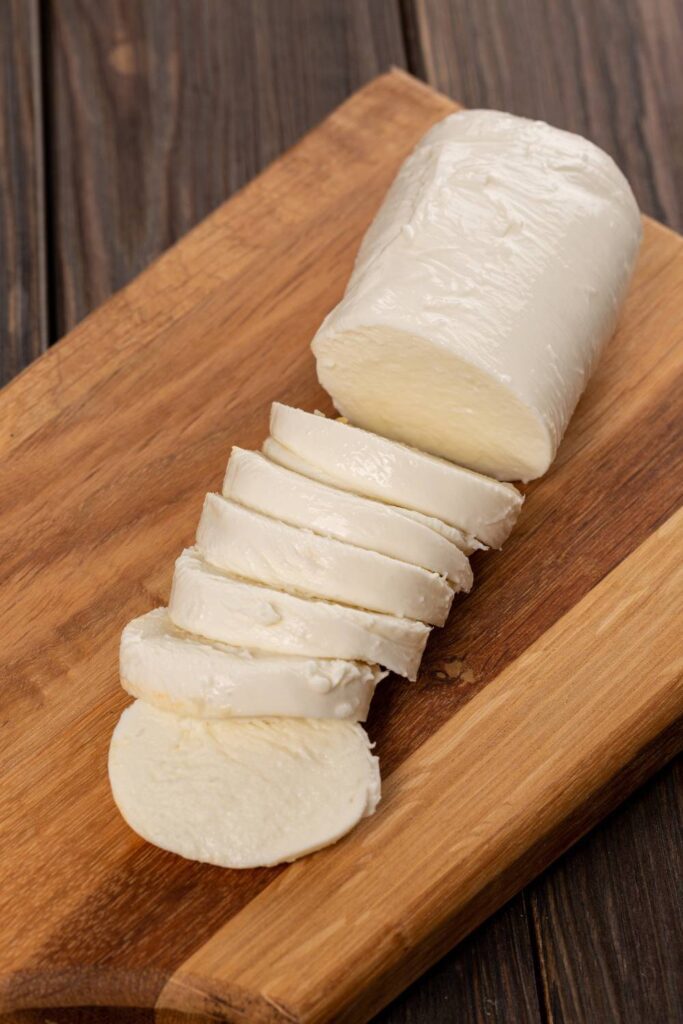
3. Fresh Mozzarella in Brine
Verdict: Excellent for a traditional pizza, but requires prep.
- What It Is: Fresh mozzarella is sold in brine-filled tubs and comes in various sizes, from large balls to bite-sized ciliegine.
- Pros:
- Provides a creamy, fresh flavor.
- Creates signature melty pools of cheese.
- Cons:
- High moisture content can lead to a watery pizza if not handled correctly.
- Preparation Tips:
- Drain and dry the mozzarella for at least 15 minutes before using.
- Tear into smaller pieces for even distribution.
- Best For: Traditional pizzas like Margherita or recipes that benefit from fresh, milky flavors.
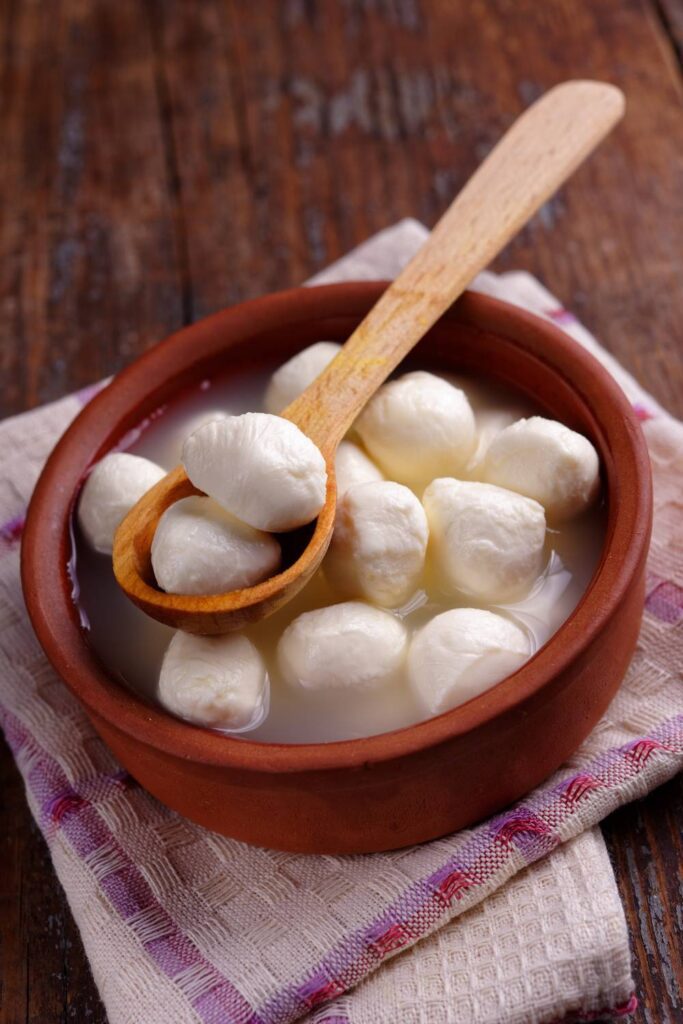
4. Burrata
Verdict: A luxurious topping, but use it post-bake.
- What It Is: Burrata is a rich cheese made of a mozzarella shell filled with cream and curds.
- Pros:
- Adds a creamy, indulgent texture.
- Perfect for creating gourmet pizzas.
- Cons:
- Not meant to be cooked directly on pizza, as it loses its unique texture.
- How to Use:
- Fully bake your pizza, then add torn burrata pieces while it’s still hot.
- Enhance with olive oil, chili flakes, or fennel pollen for extra flavor.
- Best For: Upscale or gourmet pizzas that highlight premium ingredients.
For a unique appetizer or side dish to complement your burrata-topped pizza, consider this delightful Asparagus Soup with Herbed Goat Cheese that brings creamy and fresh flavors together beautifully.
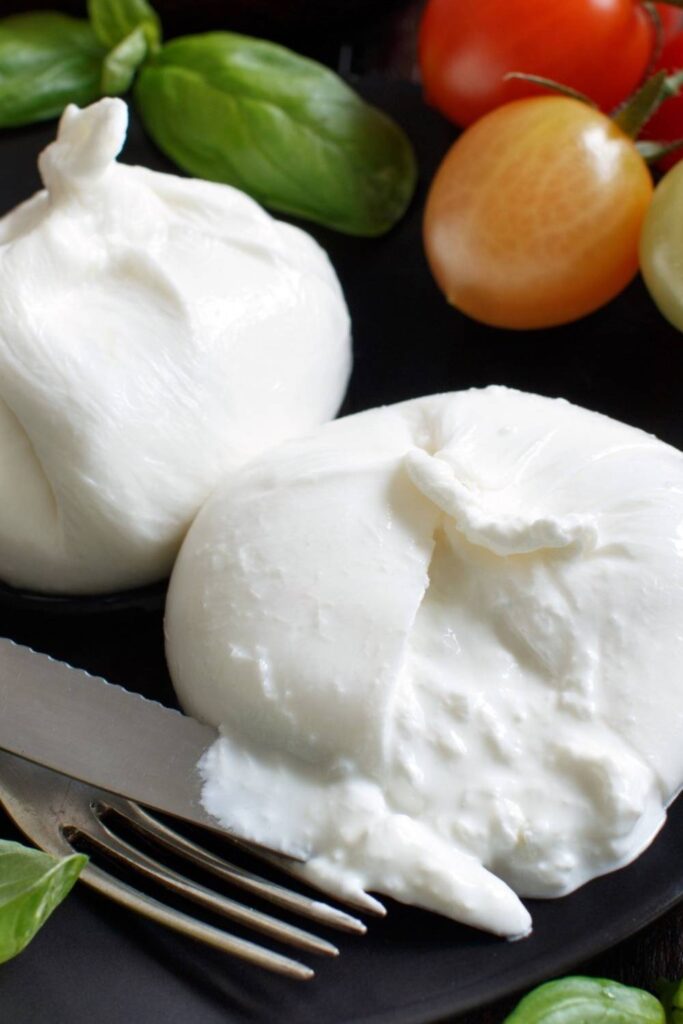
Choose the Right Mozzarella for Your Pizza
Every type of mozzarella has its strengths and best use cases:
- Use pre-shredded mozzarella for convenience and ease.
- Opt for low-moisture mozzarella for a balance of flavor and meltability.
- Go with fresh mozzarella for authentic, traditional pizzas, but prep it carefully to avoid sogginess.
- Save burrata for special occasions, adding it as a finishing touch.
By understanding the characteristics of each type, you can craft pizzas that not only taste amazing but also look as good as they taste. Now, time to get cooking—your perfect pizza awaits!




